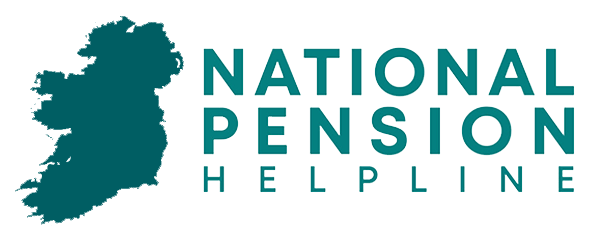Personal Retirement Savings Account (PRSA) Pensions
If you’re serious about your retirement savings, now might be the right time to consider contributing a percentage of your salary to a PRSA
One of the most lucrative ways of saving for retirement in Ireland is to open a Personal Retirement Savings Account (PRSA).
A PRSA is a special investment account which allows you to contribute a percentage of your salary towards an additional pension, and your contributions also qualify for income tax relief.

Table of Contents
How do PRSAs work?
You allocate a portion of your salary each month to a PRSA, and this money is deducted from your gross pay. The contributions you make are invested by an approved PRSA provider, so the funds grow over time.
This essentially means you benefit twice – you’ll have more income when you retire, and you also pay less tax in the meantime.
Most people access these funds between the ages of 60 and 75, allowing for a higher standard of living in retirement than the state pension alone can provide. It can also supplement any additional occupational pension you may have.
Earnings Threshold
The other key criterion that PRSAs are subject to is the earnings threshold. The maximum amount for which tax relief is provided in 2025 is €115,000.

